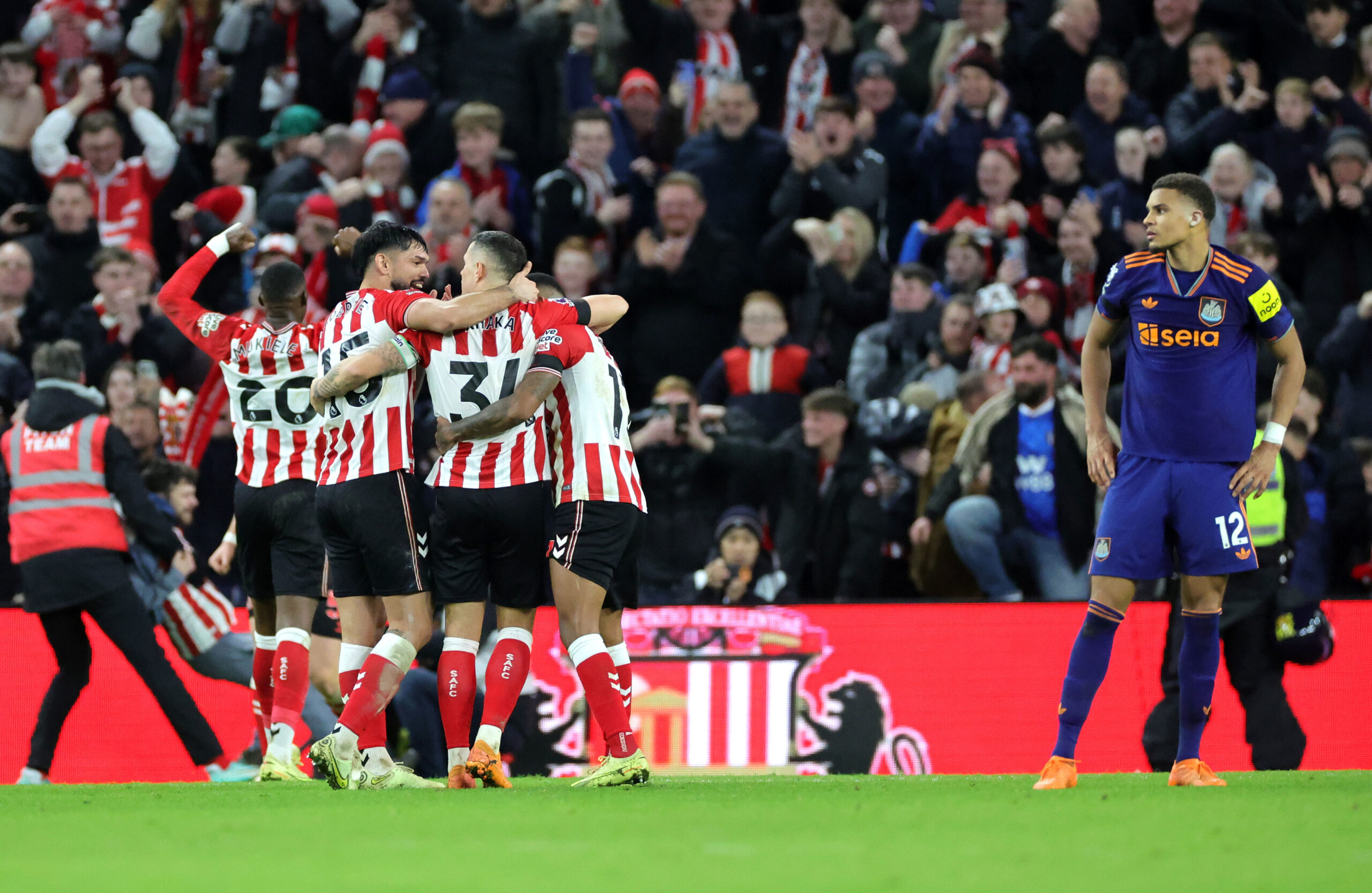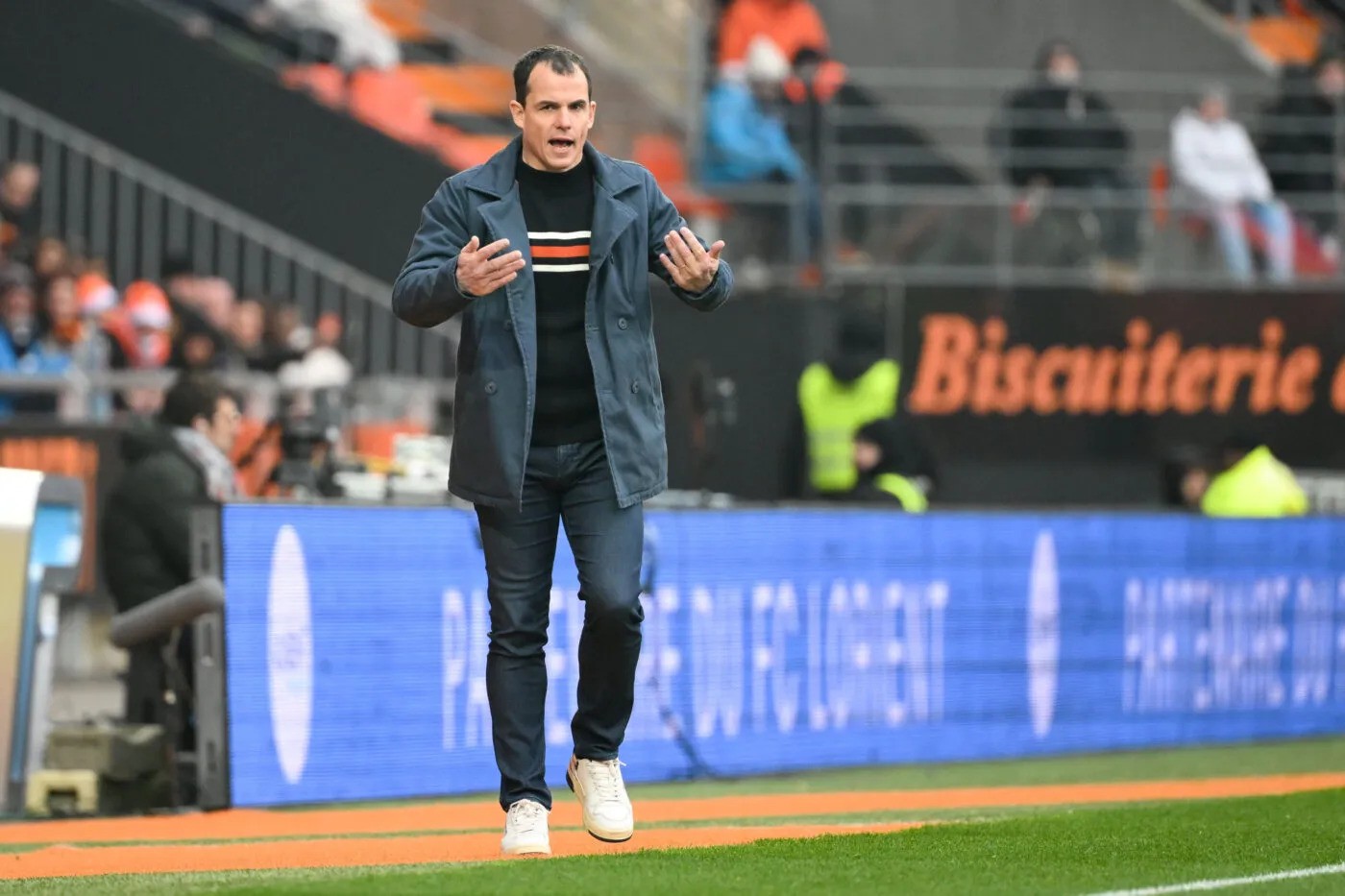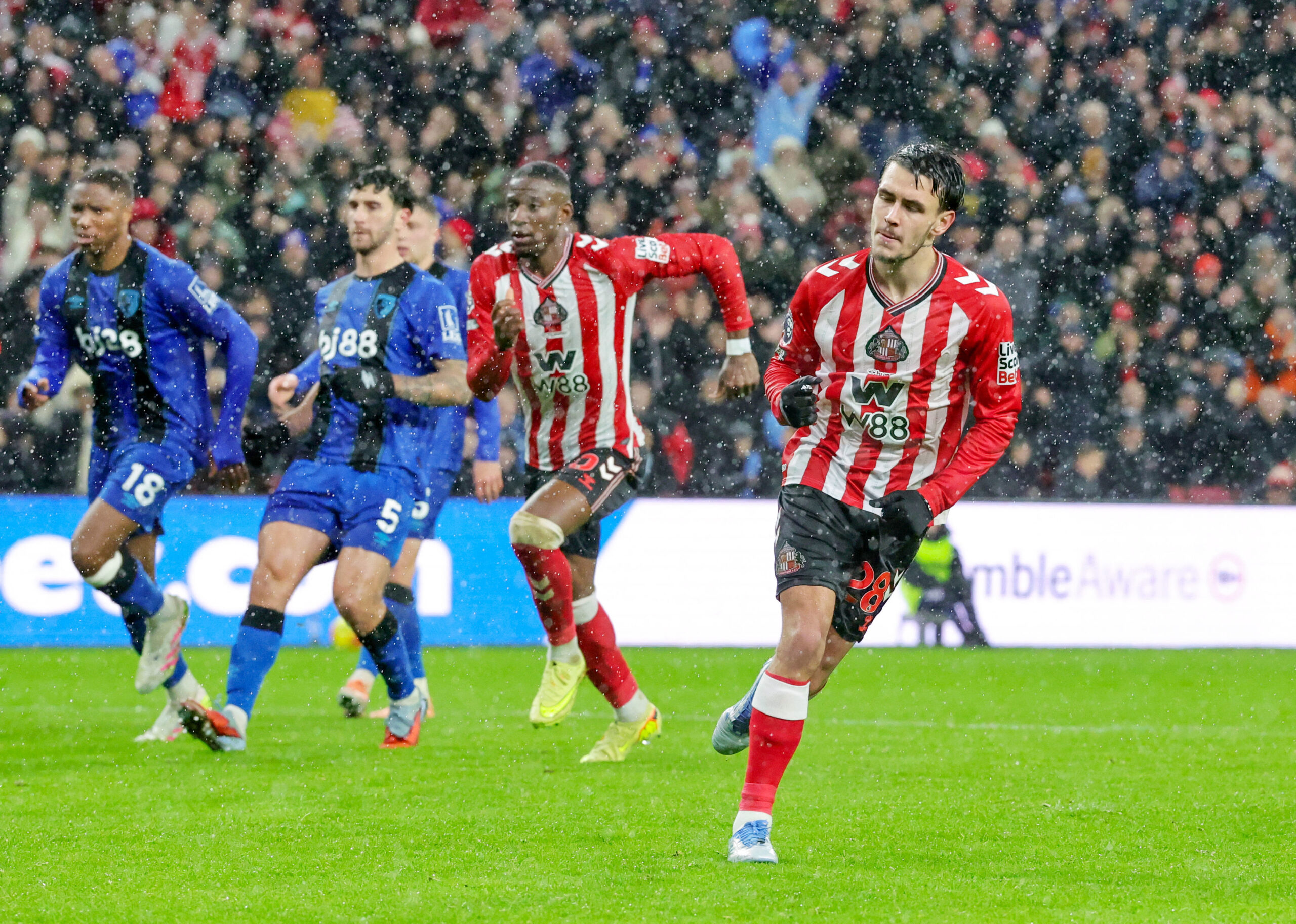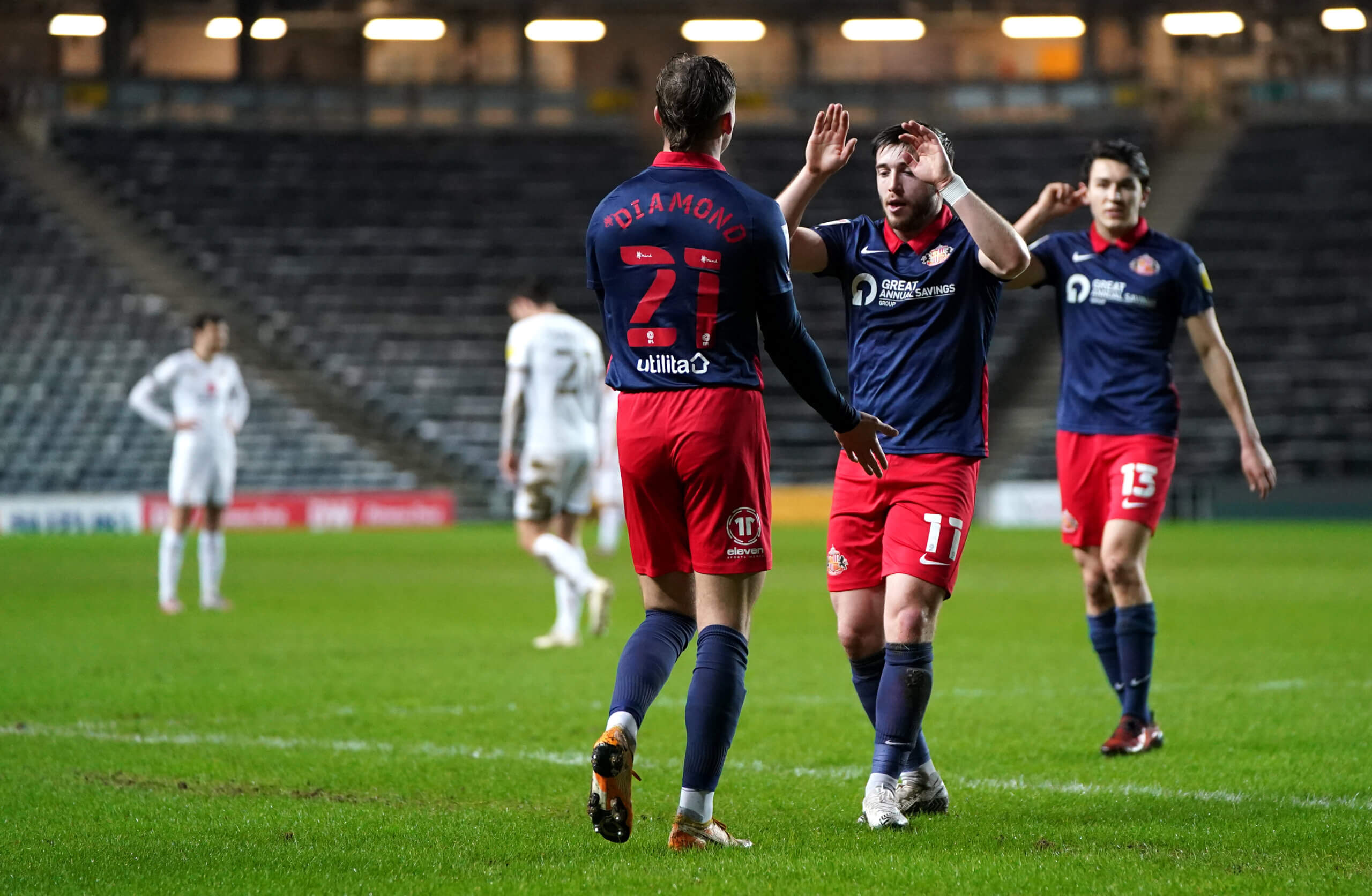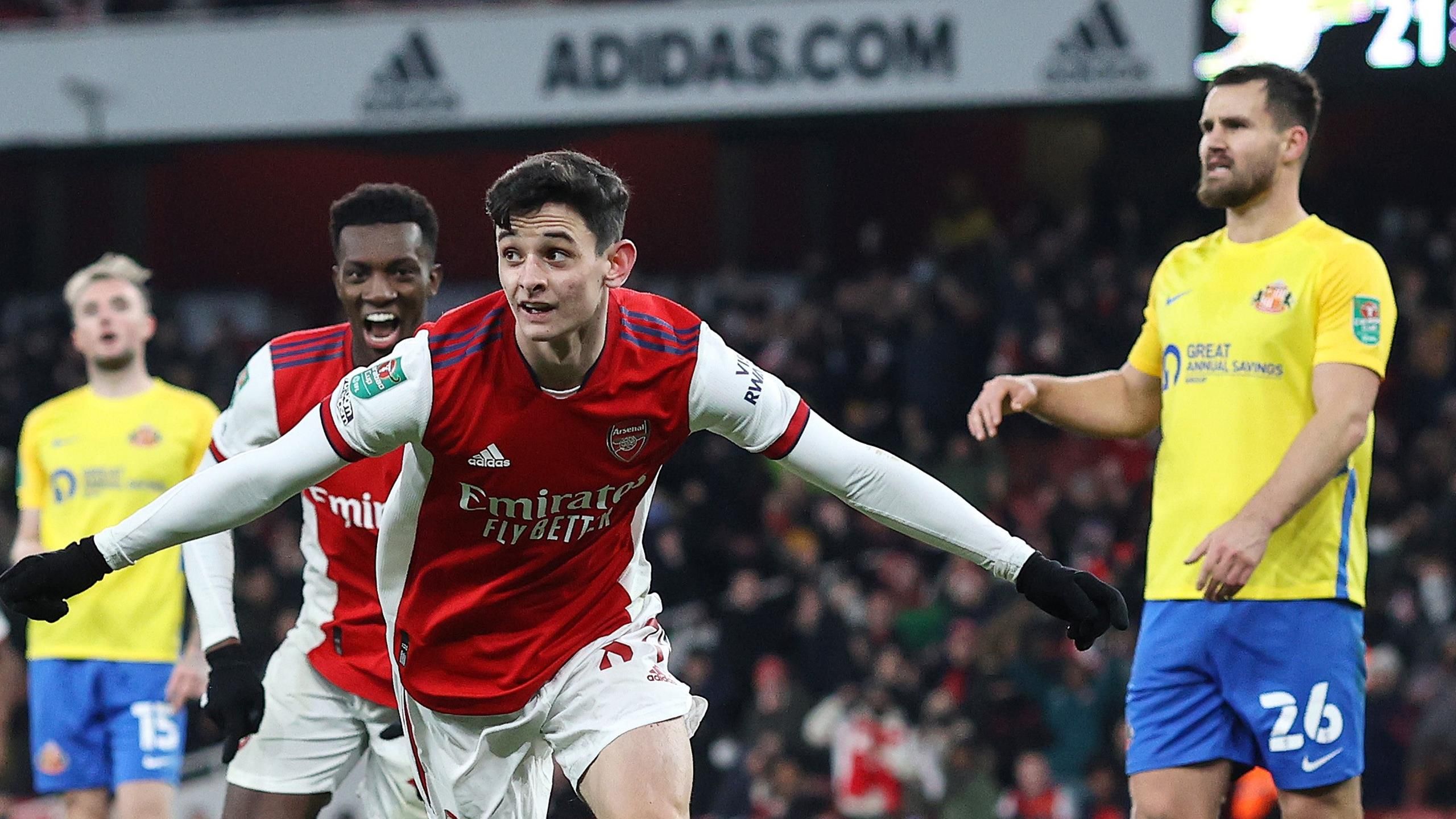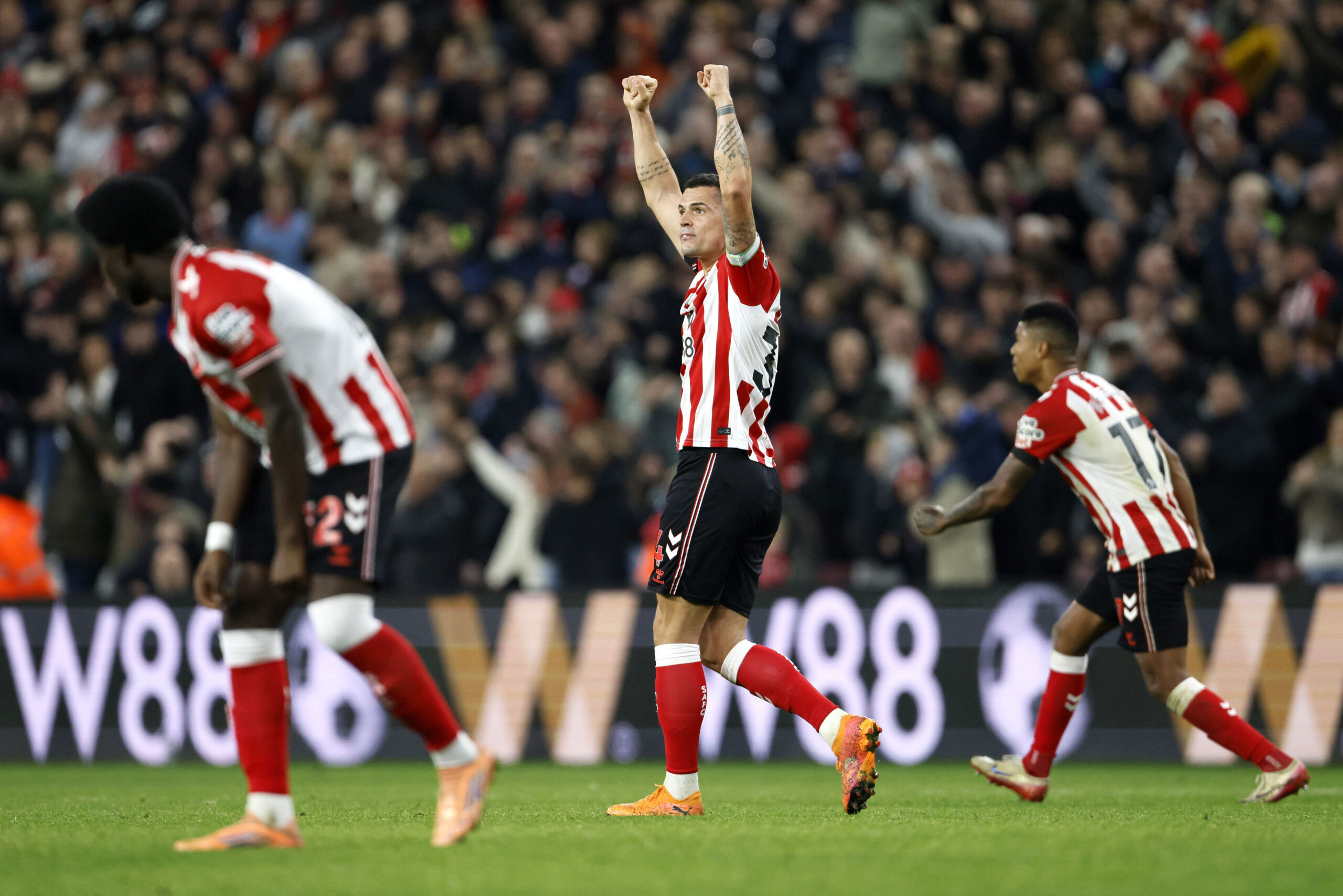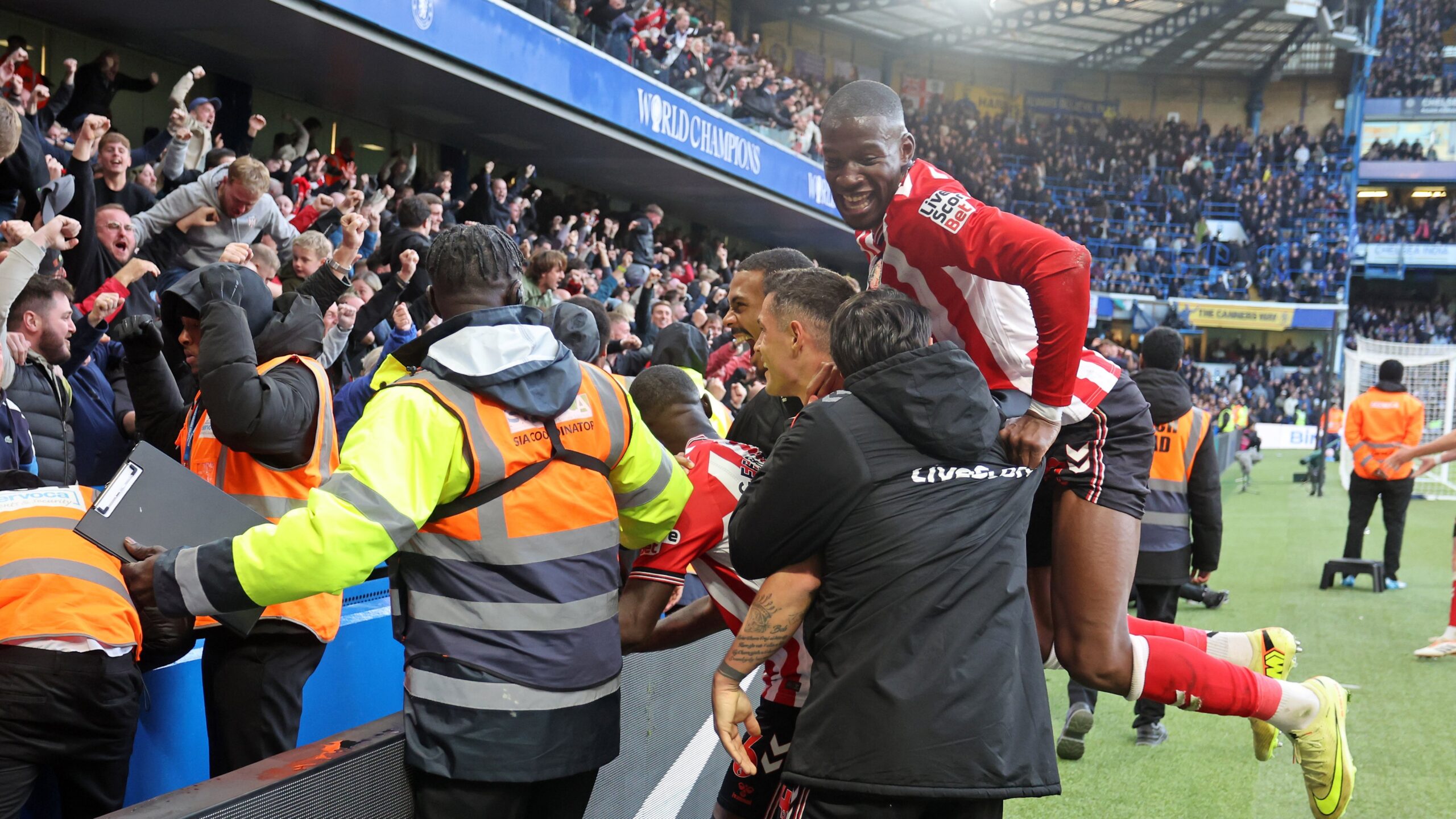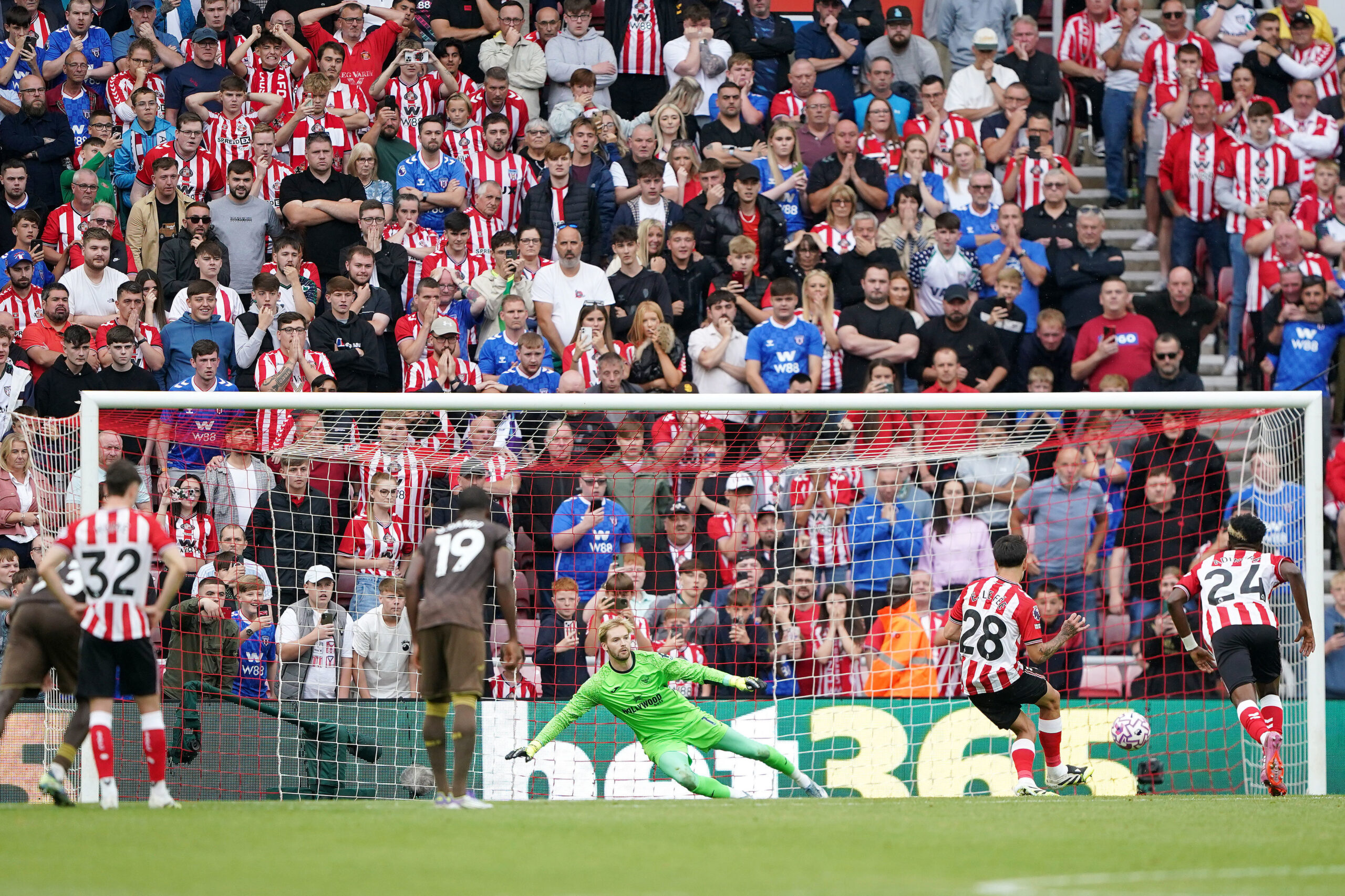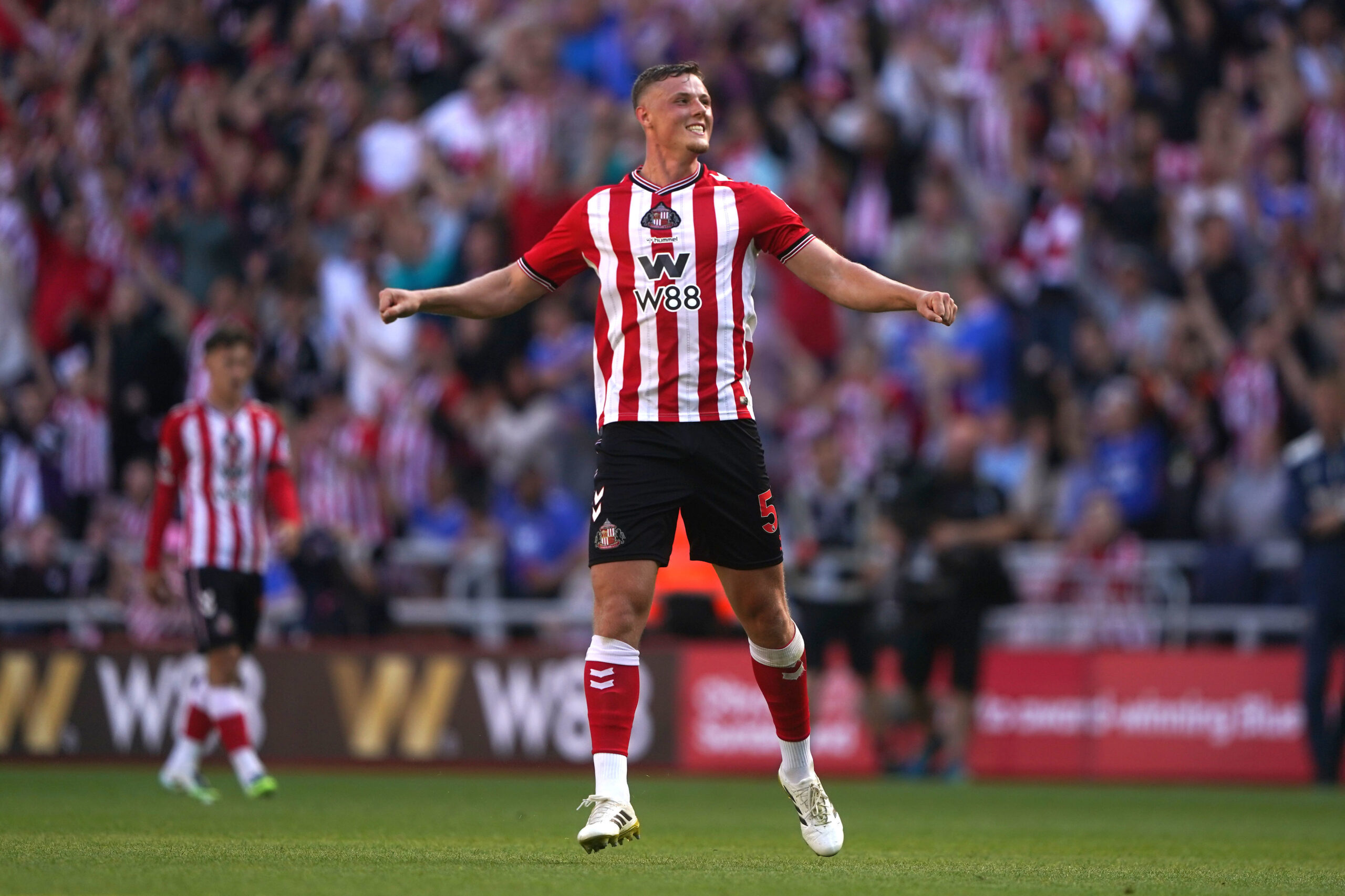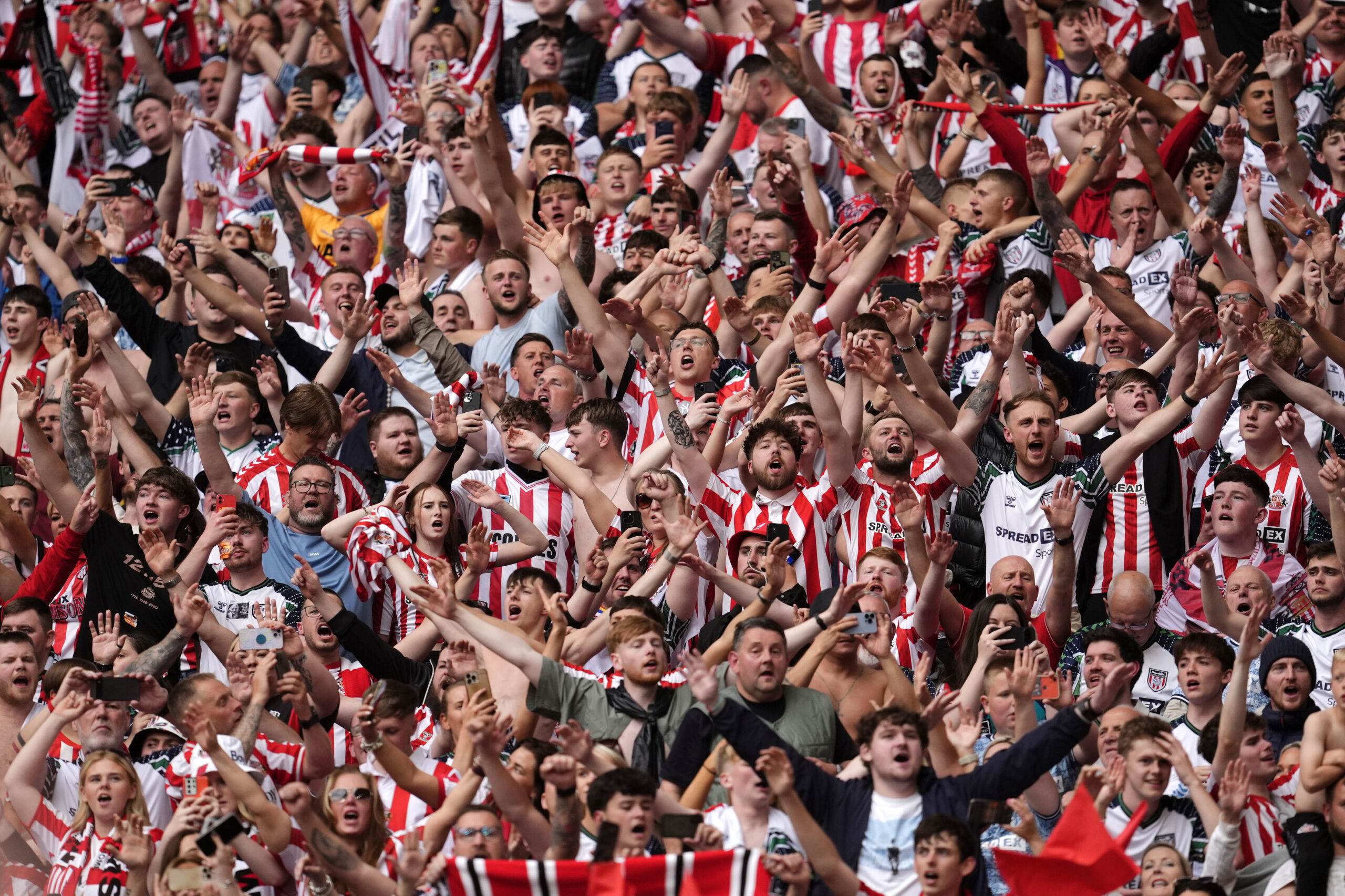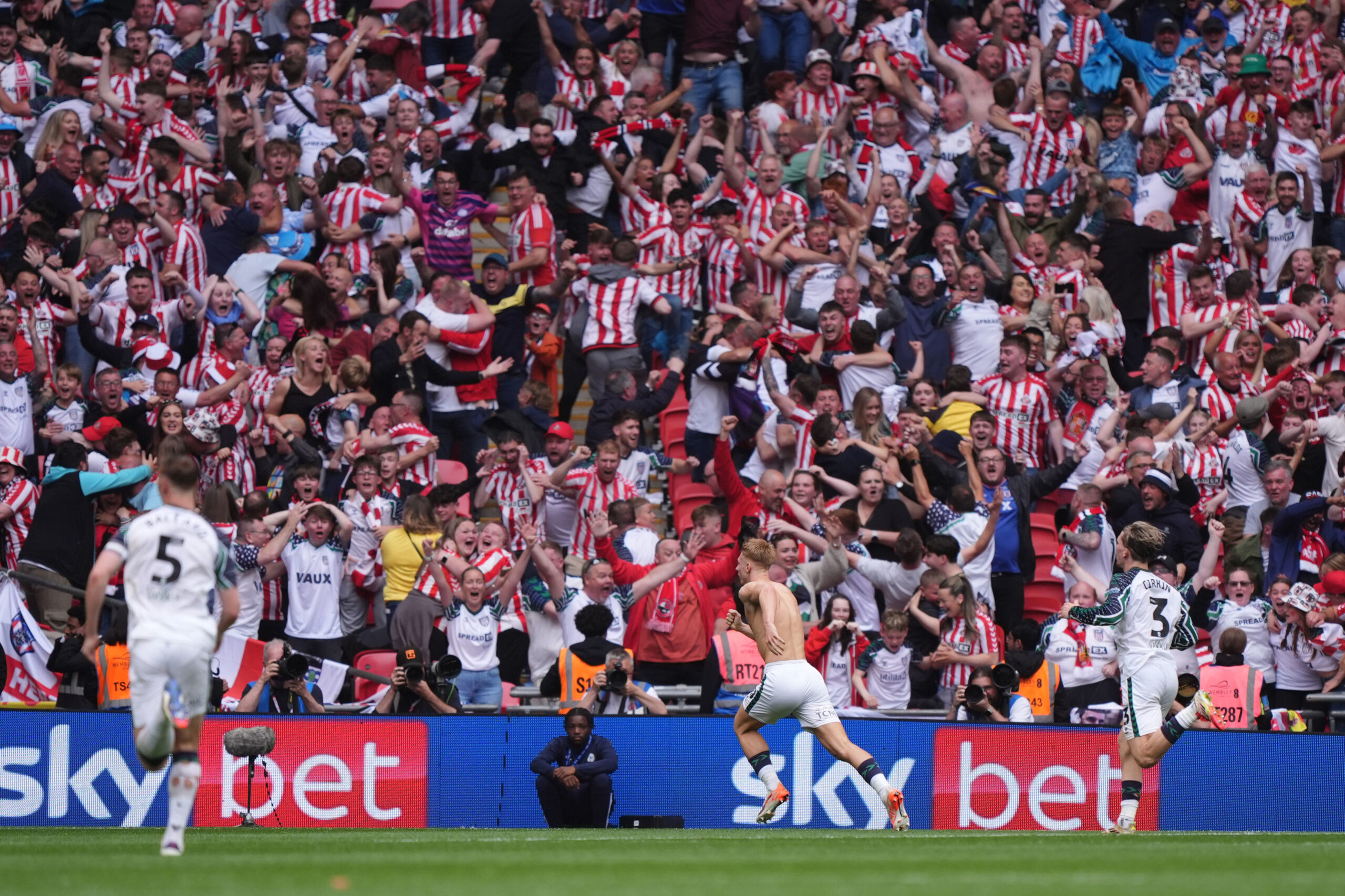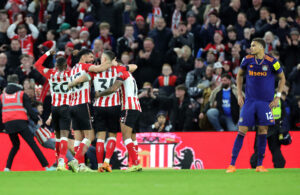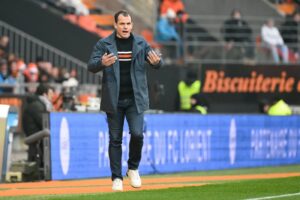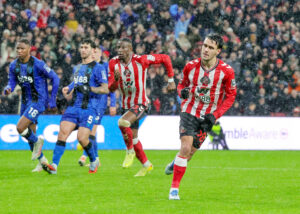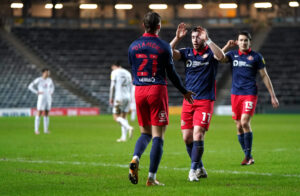By Saturday afternoon, the Stadium of Light pitch will have hosted seven matches inside just three weeks. In that time we have had days of torrential rain, two storms, a couple of deep freezes and of course, as winter marches on relentlessly, it’s darker for longer.
I don’t profess to have paid much attention during science, but I do know that for grass to grow, you need water and sunlight. It’s had a load of the former, but not much of the latter.
It is not the first time the surface has suffered. During the era of the summer concerts on Wearside, where Coldplay, Take That, Red Hot Chili Peppers and Bruce Springsteen took to the stage erected atop the Stadium of Light pitch, there would be a negative effect on the football – the whole reason the stadium was built in the first place.
This led the likes of Phil Bardsley in 2012 to brand it the worst surface in the Premier League, and the club acted quickly to rectify the situation by installing the grow-lights that are now commonplace on pitches across the top flight.
The issue seemed to go away once the concerts became less frequent, but the subject reared its ugly head in January when manager Lee Johnson, quite rightly, said it was not conducive to playing fast-flowing passing football.
And now, we are here again. Tomorrow, we play the third of three back-to-back home games, following on from the EFL Trophy games against Bradford and Oldham, and the England Women international fixture a day after Storm Arwen wreaked havoc on the North-East.
The condition of the pitch has not escaped Johnson’s attentions again, saying after the Morecambe victory on Tuesday: “The pitch is a bit heavy at the minute. The groundstaff are fantastic, but if you gave me a million pounds to spend in January, I’d spend it on the pitch.
“It’s hard to play ice hockey on a cabbage patch. It’s not that bad, the ground staff are the best I’ve worked with, but in the long term, we want that pitch that really gets us fizzing the ball around and at the moment, we haven’t got it.”
Johnson’s comments echoed those of supporters this season who have noticed the obvious degradation of the surface having a direct impact on the style of football.
It’s a slow pitch that has more bald patches than a hair clinic waiting room, and it has led to a tendency to go long at times, rather than play the short, precise, quick passes that Johnson would prefer his team to produce.
Earlier this year, it was suggested that Kyril Louis Dreyfus had sanctioned £500,000-worth of improvements to the pitch including brand new grow-lights and a new, hi-tech surface, with the suggestion of Tottenham’s palatial new stadium being the blueprint.
Now, there may well have been advances made – the pitch looked superb for the final pre-season game against Hull City and games thereafter – but do those improvements add up to £500,000? I don’t think they do.
If there are new lights, we haven’t seen them, and while it was suggested that the new pitch would be part-synthetic, in line with many top-flight clubs, it doesn’t appear that way, with significant sections of the surface having no grass at all.
The mooted investment did jar with Louis-Dreyfus’ policy of being prudent in this league – especially when improvements to the Academy of Light have been taking place over the last nine months with good progress made. Unfortunately, we don’t see that progress on the pitch. If they have spent £500,000 on it, I hope they kept the receipts.
There is lots of talk about the club needing to improve the atmosphere at the Stadium of Light, perhaps by moving the away fans to the lower bowl, but in truth, this would come at a huge cost without delivering any real benefits.
An away end in the lower bowl would have to be capped at a certain amount and would not be scalable in the way it is in the upper tier – Ipswich would not have been able to bring 5,000 fans, and if they did, there would be 4,000 empty seats on display in the lower bowl for the next visiting team. Away fans need their own turnstiles, access points and a sectioned-off concourse – not something you can do on the fly from game to game.
As Johnson has suggested, investing, actually investing in the pitch would be a smart move, even if that was to be at the expense of an incoming player or two in January.
It’s the biggest and best ground in the league, and should have a pitch to match that. Good performances on a good pitch leads to a better atmosphere in the stands, killing many birds with just the one, albeit million-pound, stone.
If it leads to a resurgence in the form we showed at the start of the season, it would be money well-spent.










